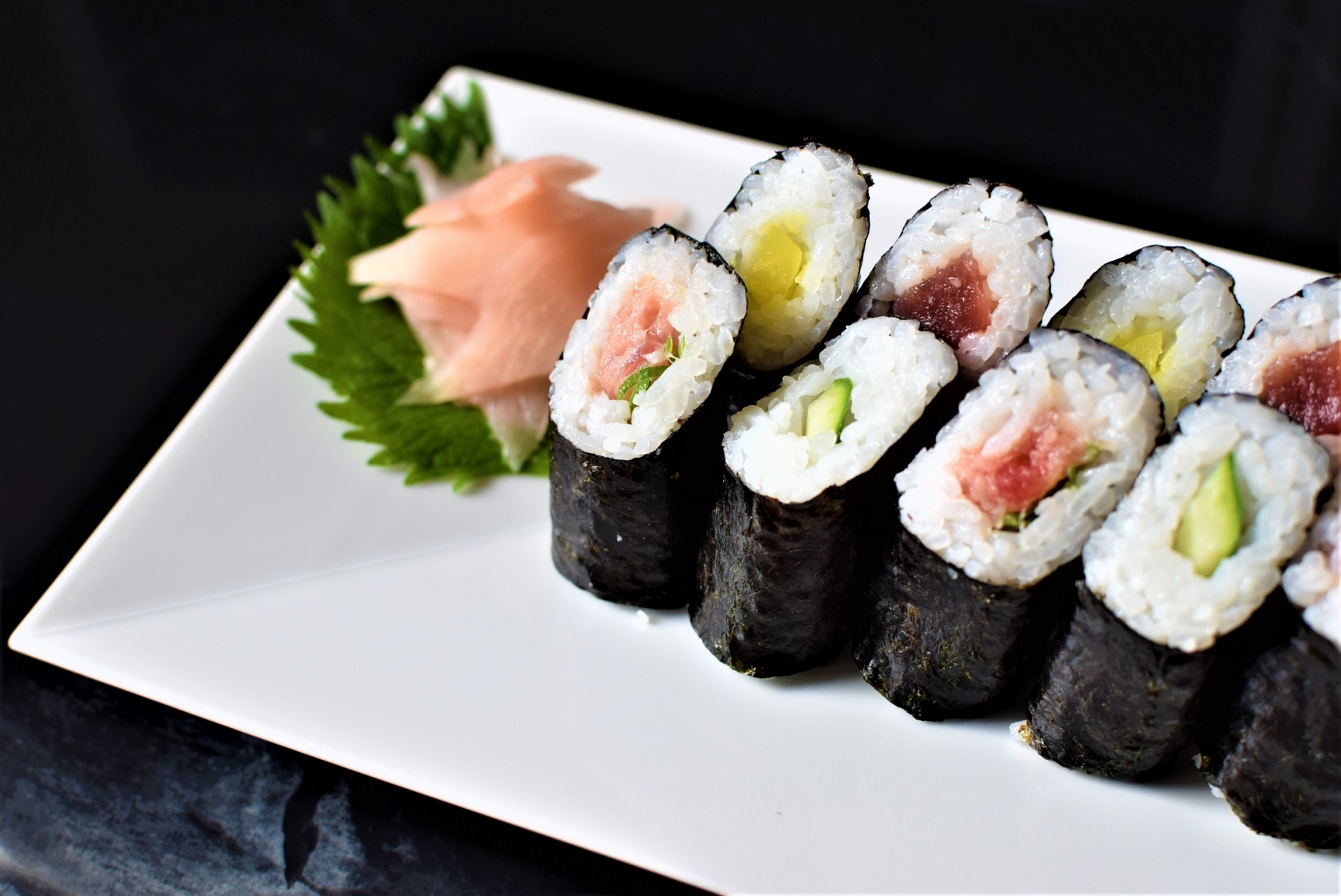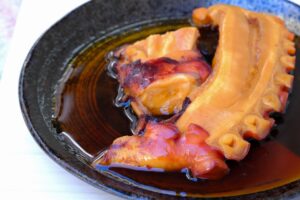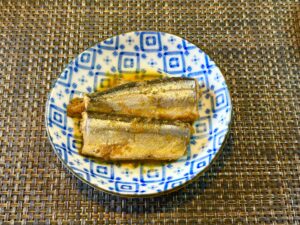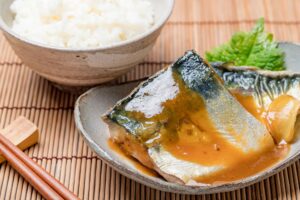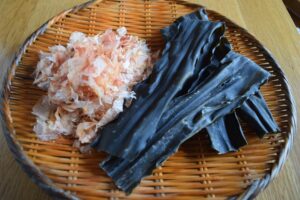Hosomaki, a staple of traditional Japanese sushi, is a thin rolled sushi made with a single filling and wrapped in seaweed. While it may look simple, hosomaki reflects the elegance and minimalism of Japanese cuisine. This article explores everything you need to know about hosomaki—from its definition, types, and ingredients to how it compares with other sushi rolls, and how you can make it at home.
What Is Hosomaki?What Is Hosomaki?
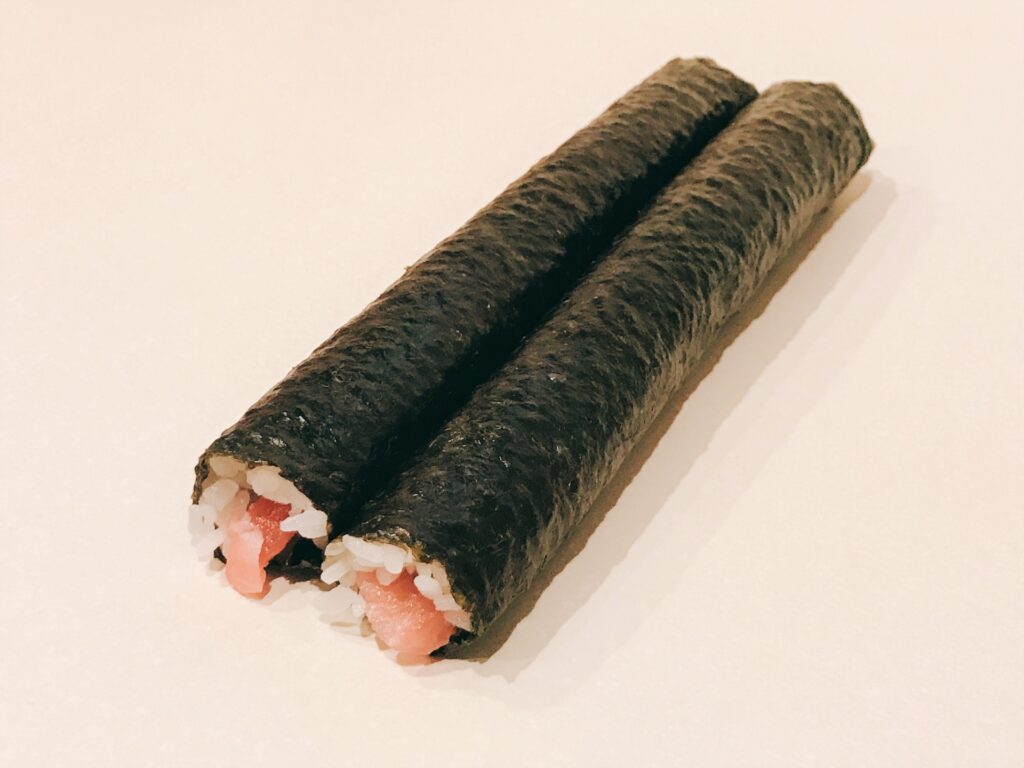
Hosomaki, translating directly from Japanese as “thin roll” (with “hoso” meaning thin and “maki” meaning roll), is one of the most iconic and minimalist forms of sushi. A part of the broader makizushi (rolled sushi) category, hosomaki consists of a single filling—such as cucumber, tuna, or pickled radish—wrapped in seasoned sushi rice and nori (seaweed). Typically, it has a slender profile, about 1 inch in diameter, and is sliced into 6 to 8 bite-sized pieces.
What distinguishes hosomaki is its simplicity and precision. While other sushi rolls like futomaki may include multiple fillings and complex flavor combinations, hosomaki stays true to a single-ingredient focus, emphasizing the purity and freshness of its core component. This minimalist approach not only highlights the individual flavor but also reflects the Japanese culinary philosophy of balance, harmony, and respect for ingredients. Hosomaki is beloved in both sushi restaurants and home kitchens due to its clean taste and easy-to-roll nature.
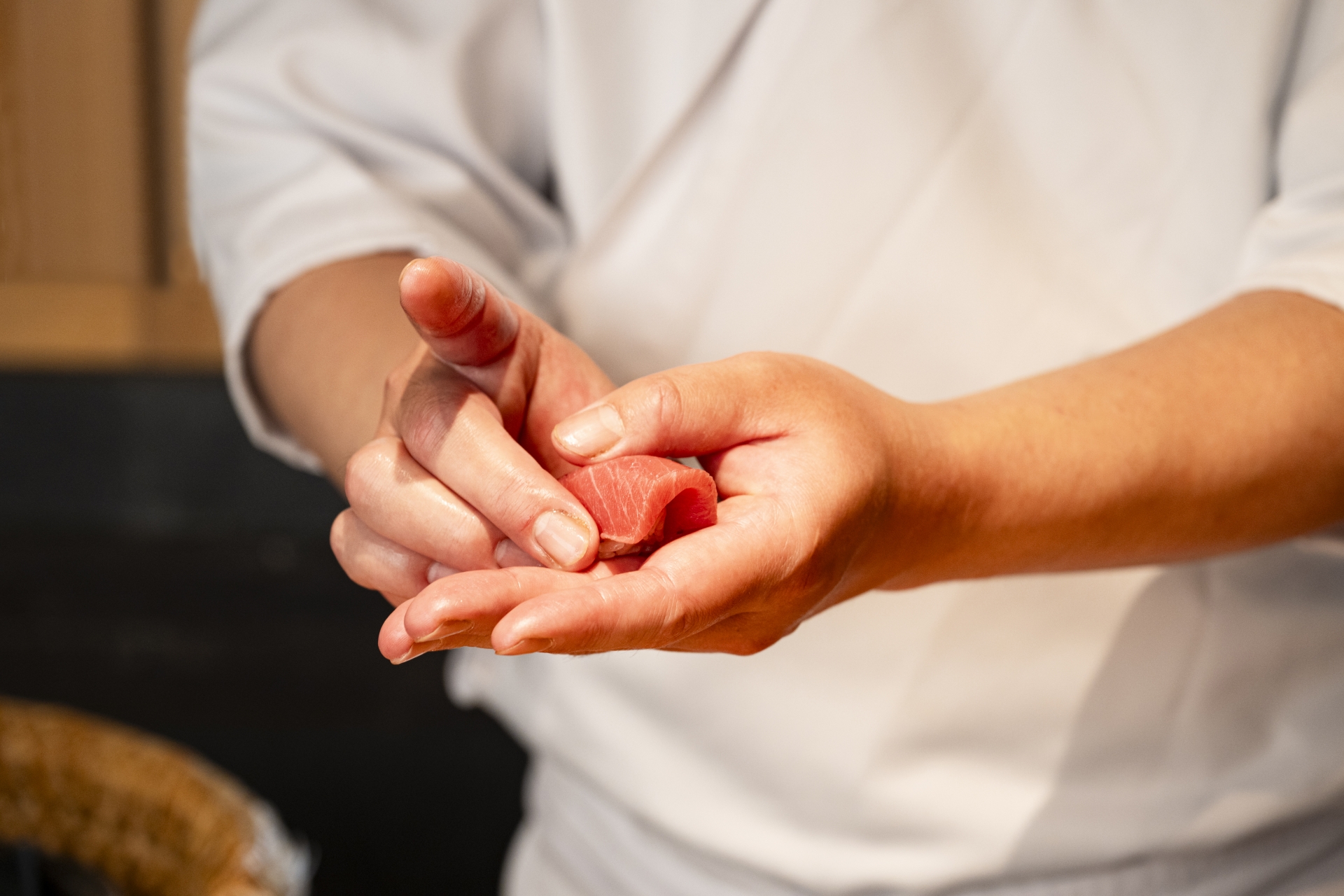

The History and Cultural Significance of Hosomaki
The roots of hosomaki trace back to the Edo period (1603–1868), when sushi as we know it began to evolve in Japan. Makizushi emerged during this time as a convenient, portable way to enjoy sushi, especially in bustling urban centers like Edo (now Tokyo). Hosomaki, being easy to prepare and transport, quickly gained popularity.
Early versions of hosomaki were influenced by the availability of seasonal vegetables and preserved fish, aligning with the era’s emphasis on simplicity and efficiency. Over time, specific types like kappa maki (cucumber roll) and tekka maki (tuna roll) became staples in sushi culture, often serving as palate cleansers or light starters during multi-course sushi meals.
Culturally, hosomaki embodies the Japanese aesthetic of “wabi-sabi,” which appreciates modesty and imperfection. Its clean lines, singular filling, and careful construction reflect a deep respect for tradition and craftsmanship. In some regions, variations of hosomaki may incorporate local ingredients, but its core concept—minimalism in service of taste—remains constant.

Types of Hosomaki and Popular Fillings
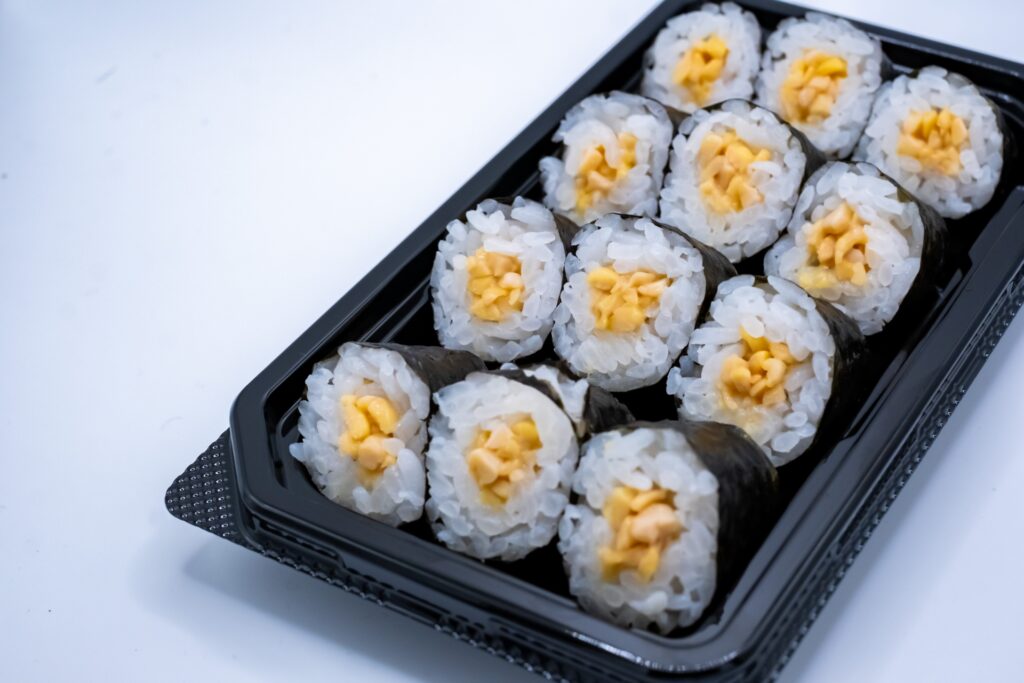
Hosomaki comes in a variety of types, primarily based on the choice of filling. These rolls can cater to different dietary needs, making them accessible to a wide range of eaters, including vegans and vegetarians. Here’s a look at the most common hosomaki types:
| Type | Filling | Taste Profile | Dietary Label |
| Kappa Maki | Cucumber | Refreshing, crisp | Vegan, Gluten-Free |
| Tekka Maki | Raw Tuna | Umami, savory | Pescatarian |
| Shinko Maki | Pickled Radish | Sour, crunchy | Vegan, Gluten-Free |
| Natto Maki | Fermented Soybean | Earthy, nutty | Vegan, Gluten-Free |
In addition to these, modern adaptations may include ingredients like avocado, sweet egg (tamago), or even cream cheese. These allow for creative variations while maintaining the structure and size that define hosomaki.
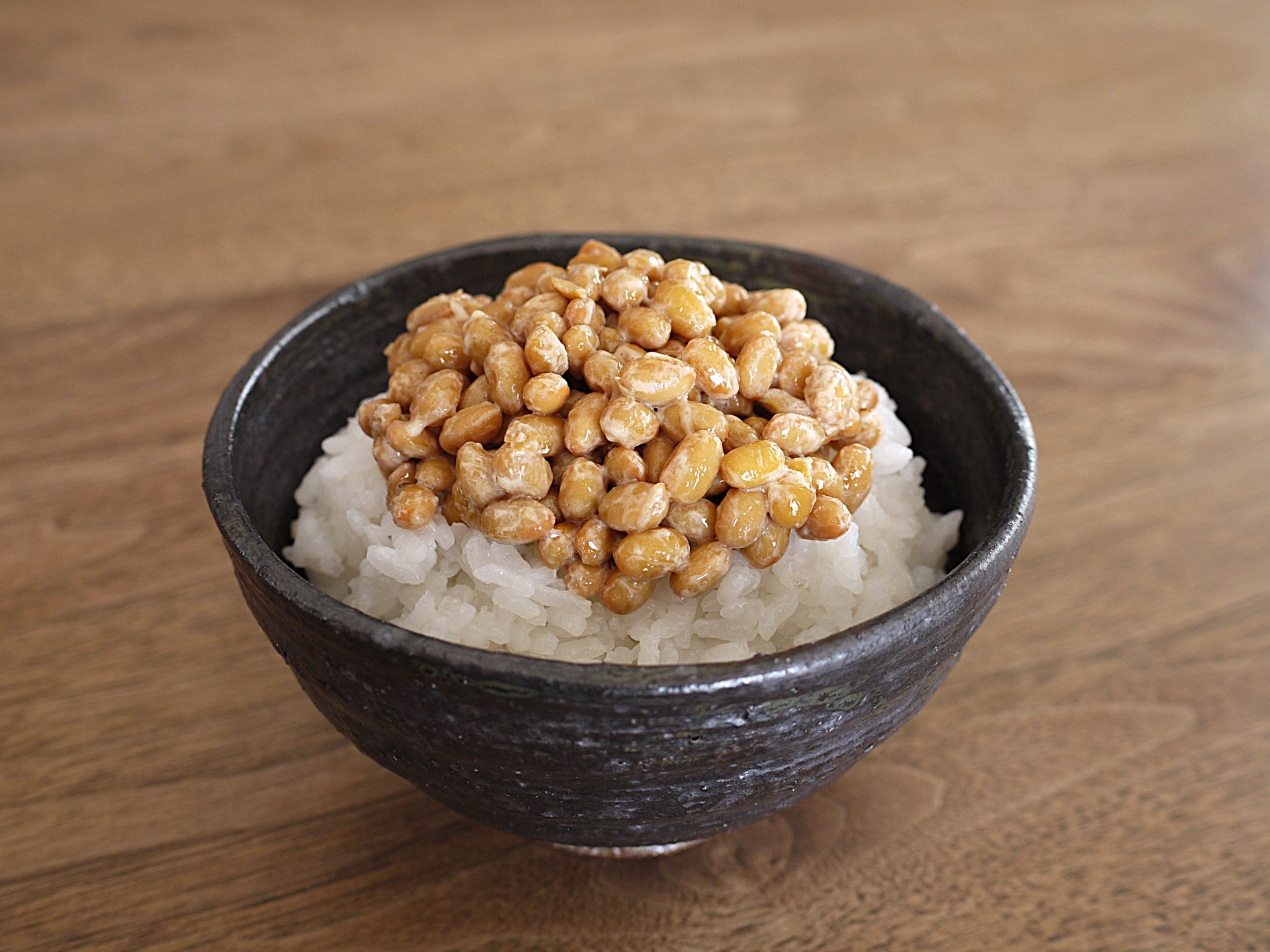
Hosomaki vs. Other Sushi Rolls: Key Differences
Hosomaki may look simple, but it occupies a unique place in the world of sushi rolls. Here’s how it compares to other popular types:
| Sushi Type | Diameter | Fillings | Nori Placement | Eating Context |
| Hosomaki | ~1 inch | Single | Outside | Light starter or snack |
| Futomaki | 2+ inches | Multiple | Outside | Main dish, festive meals |
| Uramaki | ~1.5 inches | Multiple | Inside (rice outside) | Western-style sushi |
| Temaki | Handheld cone | Multiple | Outside | Casual, individual servings |
Hosomaki stands out for its minimalist approach—just one filling wrapped tightly in rice and seaweed. It’s often used to introduce sushi beginners to the cuisine because of its clean taste and manageable size.
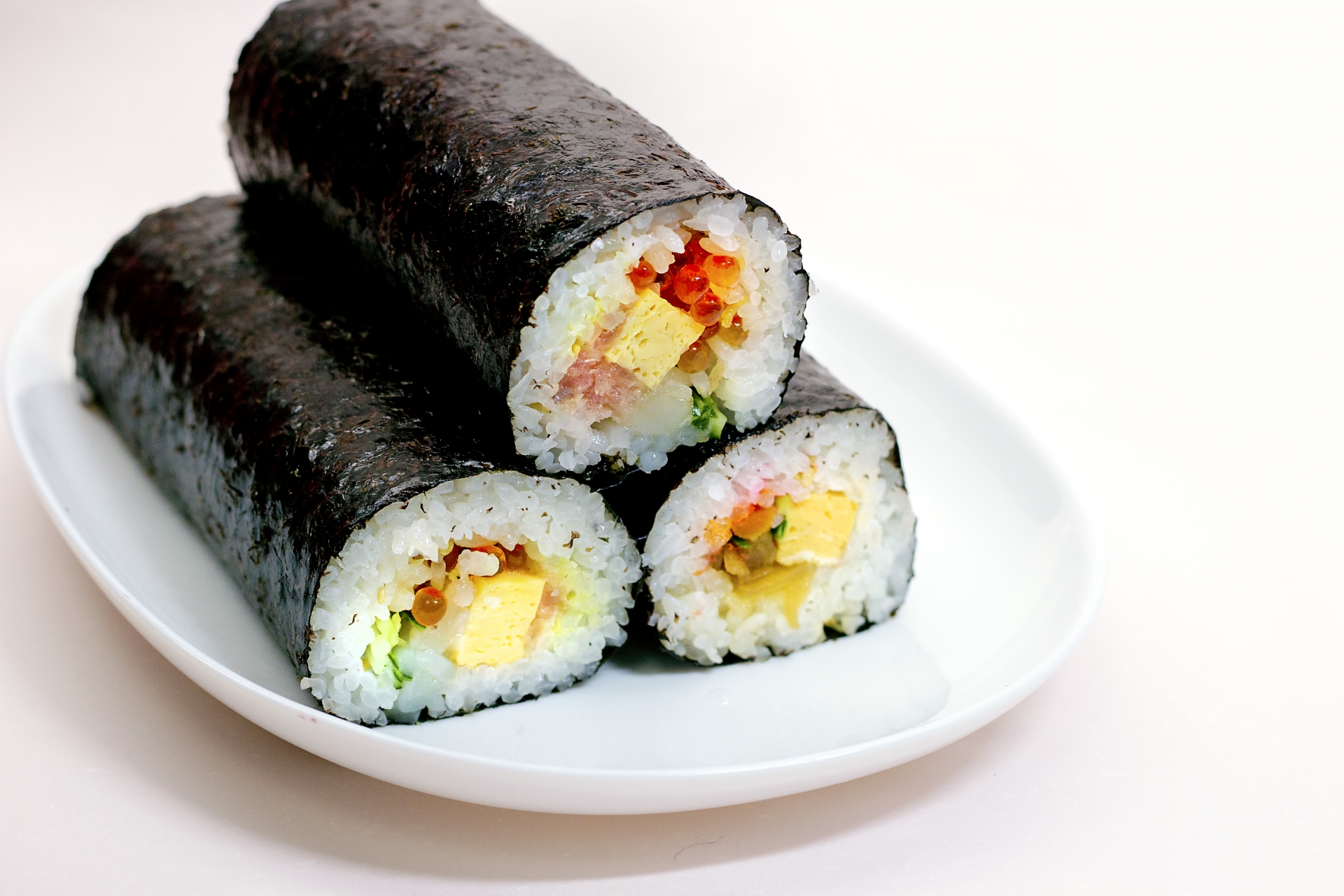
How to Make Hosomaki at Home: Step-by-Step
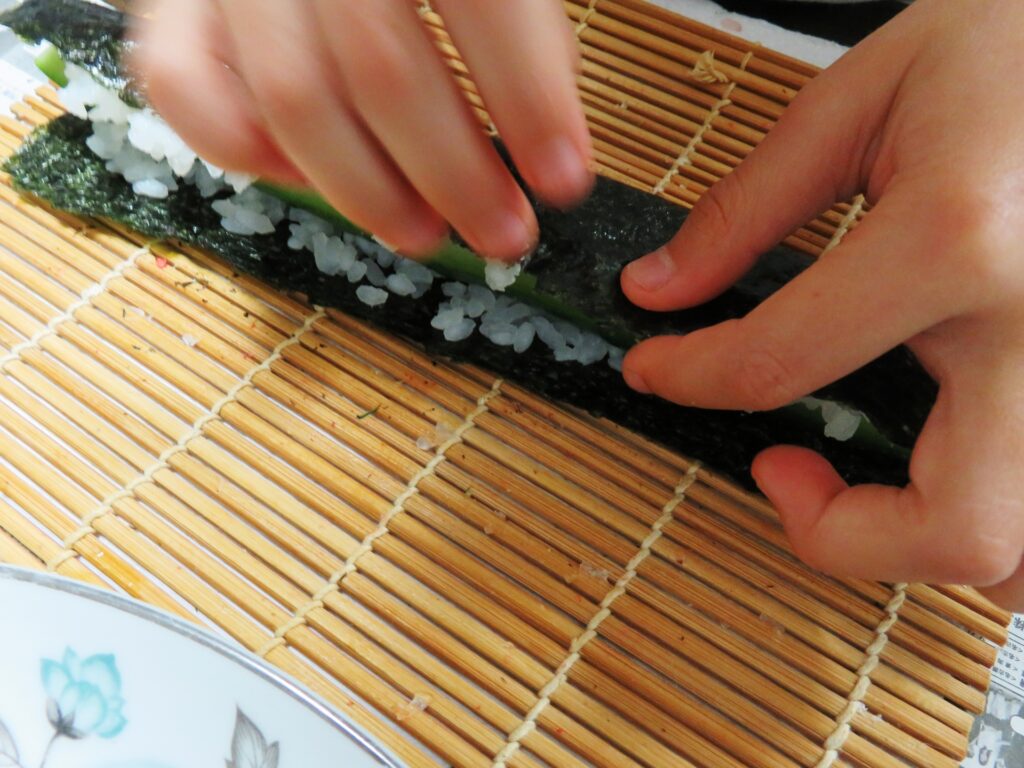
Making hosomaki at home is not only satisfying but also beginner-friendly. Here’s a simple guide to get you started.
Ingredients and Tools:
- Sushi rice (short-grain rice seasoned with vinegar, sugar, and salt)
- Nori sheets (cut in half)
- Filling of choice (e.g., cucumber, tuna, pickled radish)
- Bamboo sushi mat (makisu)
- Sharp knife
- Small bowl of water (to prevent rice sticking)
Steps:
- Prepare Sushi Rice – Cook the rice, season it with vinegar, and let it cool to room temperature.
- Lay Nori on the Mat – Shiny side down, rough side up.
- Spread Rice Evenly – Use wet fingers to place a thin layer of rice, leaving a 1-inch gap at the top.
- Add Filling – Place a thin strip of your chosen ingredient across the center.
- Roll Tightly – Use the mat to roll the nori over the filling, pressing gently but firmly.
- Seal and Cut – Wet the edge of the nori to seal the roll. Use a damp, sharp knife to cut into 6-8 pieces.
Troubleshooting Tips:
- If rice sticks to your hands, keep a small bowl of water nearby.
- Avoid overfilling, which can lead to messy rolls.
- If your roll is loose, apply more pressure evenly while rolling.
Pro Tips for Rolling Perfect Hosomaki
Rolling the perfect hosomaki takes a little practice. Here are some expert tips:
- Always moisten your hands to handle rice without sticking.
- Don’t overstuff—stick to a thin strip of filling.
- Use plastic wrap or parchment paper over your bamboo mat for easier cleanup and tighter rolls.
- Slice with a very sharp knife, wetting the blade between cuts for clean edges.
These small adjustments can elevate your home-rolled hosomaki from average to restaurant-quality.
Creative and Modern Variations of Hosomaki
While traditional hosomaki celebrates simplicity, modern interpretations allow for creativity. Fusion rolls have brought in new ingredients and bold flavors:
- Spicy Tuna Hosomaki – Includes a chili-mayo mix for a kick.
- Avocado or Cream Cheese Rolls – Adds creamy textures.
- Tempura Shrimp Mini Rolls – Crunchy and savory, great for parties.
Chefs in Japan and abroad use hosomaki’s simple structure as a base for innovation. Whether adapting for vegan, keto, or gluten-free diets, hosomaki can be easily customized without losing its charm.
Frequently Asked Questions About Hosomaki
Is hosomaki raw or cooked?
It depends on the filling. Some hosomaki, like tekka maki (tuna roll), use raw fish, while others such as kappa maki (cucumber) or shinko maki (pickled radish) contain no raw ingredients. Not all hosomaki are raw, making them accessible even for those who prefer cooked or vegetarian options.
Can you make hosomaki with brown rice or quinoa?
Yes, you can substitute traditional white sushi rice with brown rice or quinoa for a healthier twist. However, these alternatives may have less stickiness, which can make rolling a bit more difficult. Wetting your hands and mat can help manage this.
How should hosomaki be eaten properly?
Hosomaki is typically eaten in one bite. Use chopsticks or your hands, and dip the roll lightly in soy sauce. Avoid soaking the rice, as it can fall apart. Wasabi and pickled ginger (gari) are usually served on the side.
What drinks pair well with hosomaki?
Green tea, sake (especially dry varieties), crisp white wine, and light beers all pair well with hosomaki. The clean flavors of hosomaki complement delicate beverages that don’t overpower the sushi.
How long does hosomaki stay fresh?
Hosomaki is best enjoyed fresh—ideally within a few hours of making. If stored in the refrigerator, consume it within 24 hours. Be aware that refrigeration can cause the rice to harden and the seaweed to become chewy or soggy.
Conclusion: Why Hosomaki Is the Perfect Introduction to Sushi
Hosomaki embodies the elegance and simplicity that define Japanese cuisine. Its clean flavors, approachable size, and ease of preparation make it an ideal introduction to sushi for beginners. At the same time, its refined structure and careful balance of ingredients are deeply respected by sushi chefs and purists.
Whether you’re trying hosomaki for the first time at a restaurant or making your own at home, this humble roll offers a flavorful and authentic sushi experience that’s both satisfying and culturally rich.

